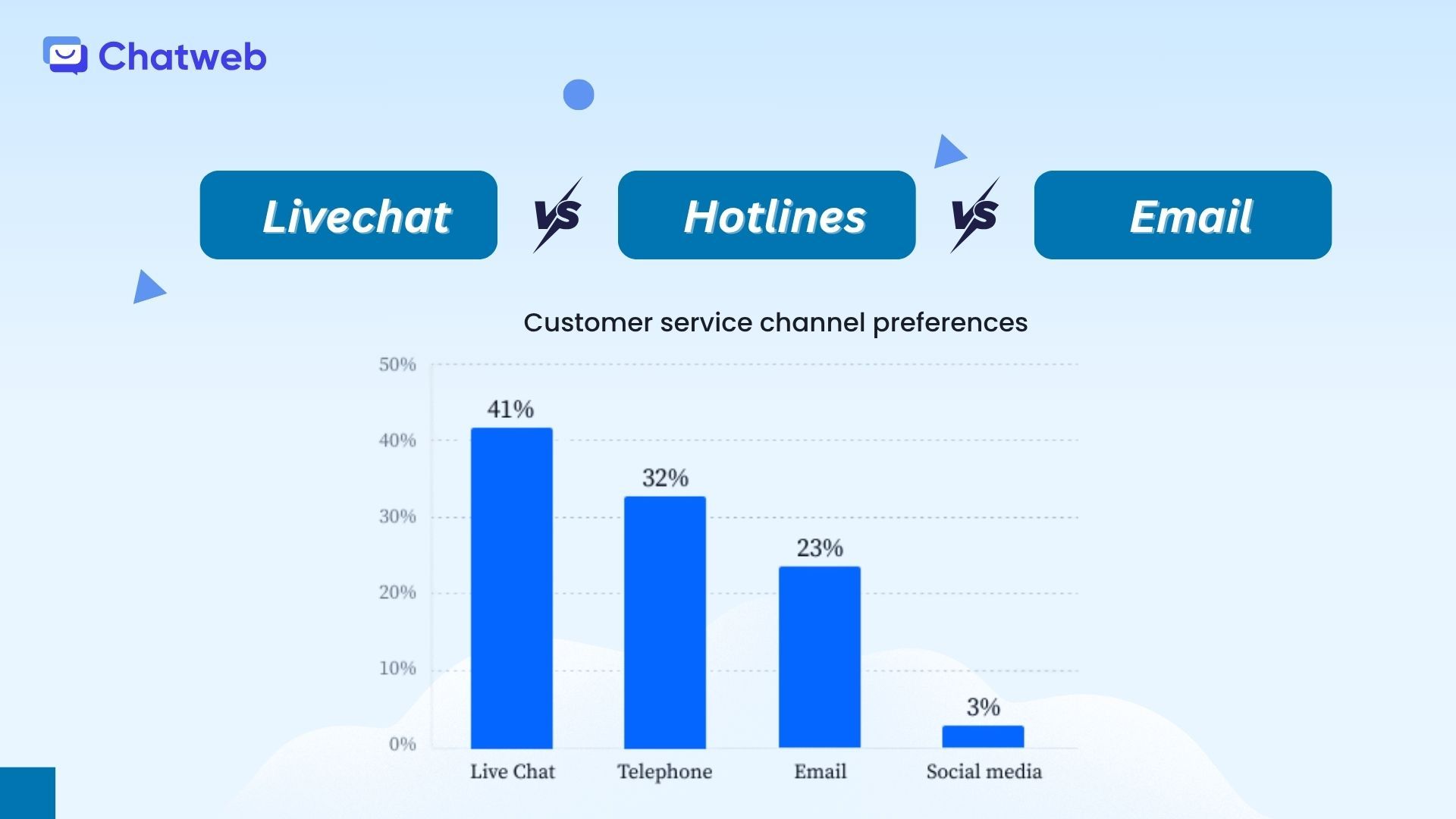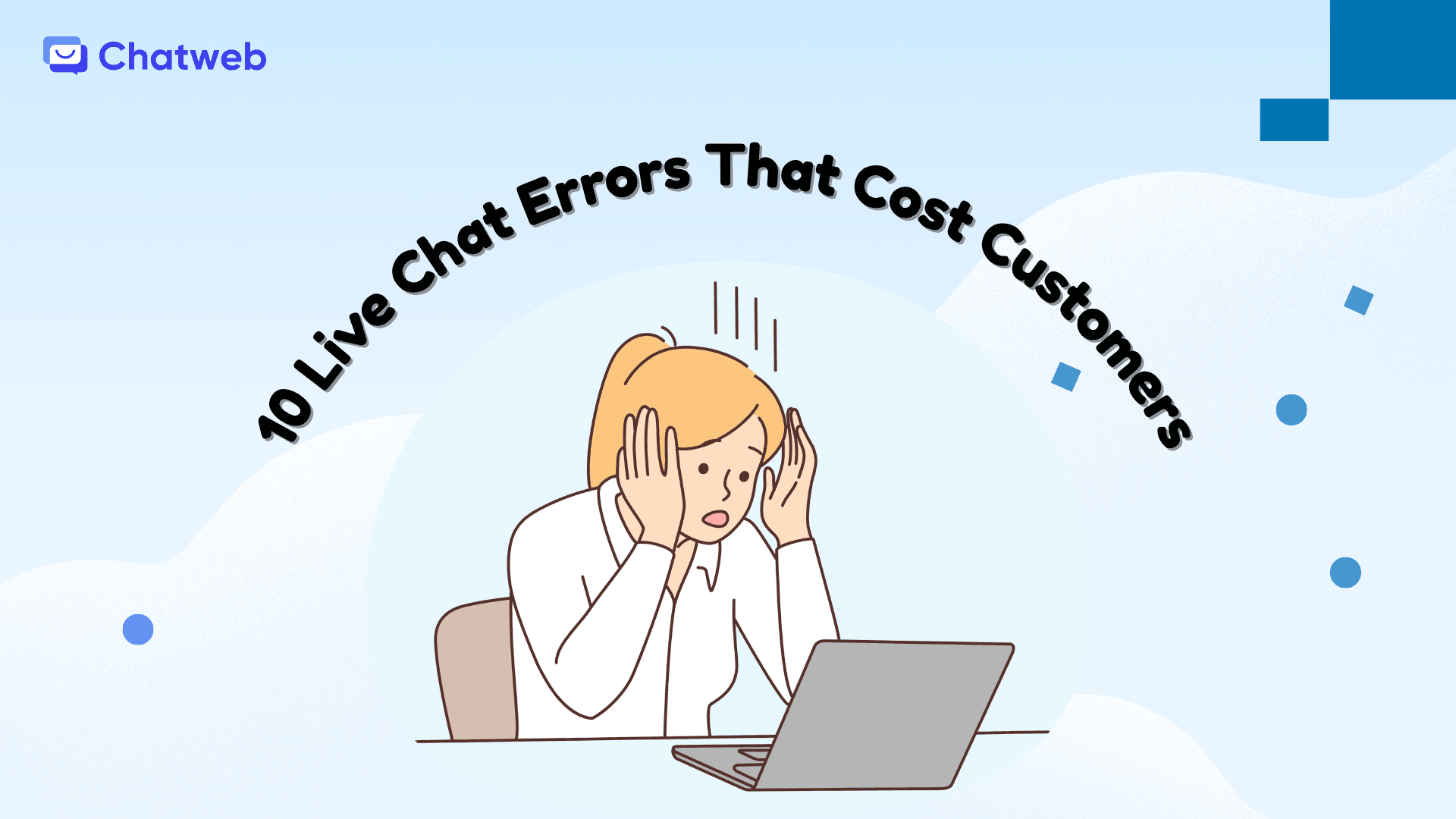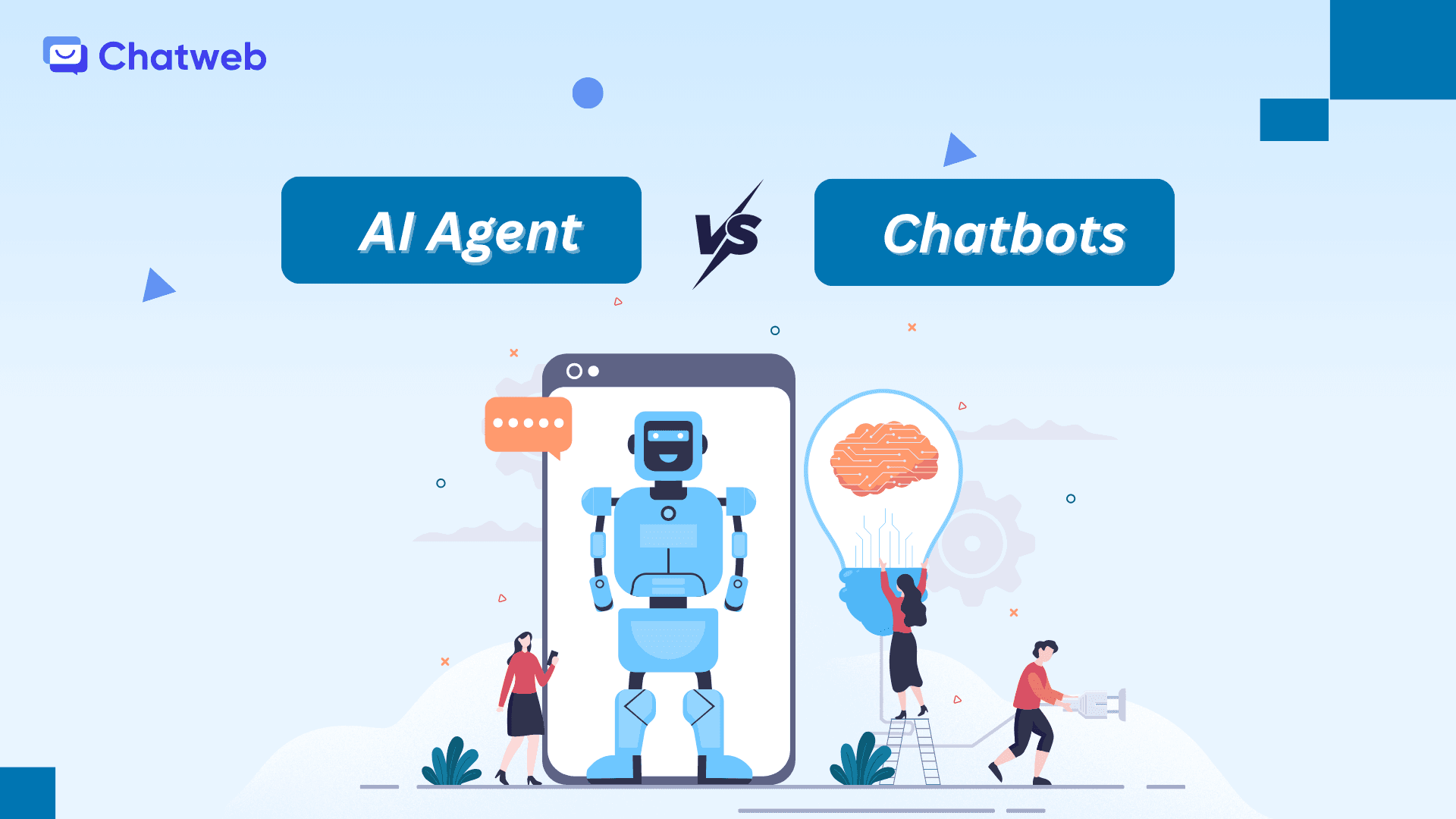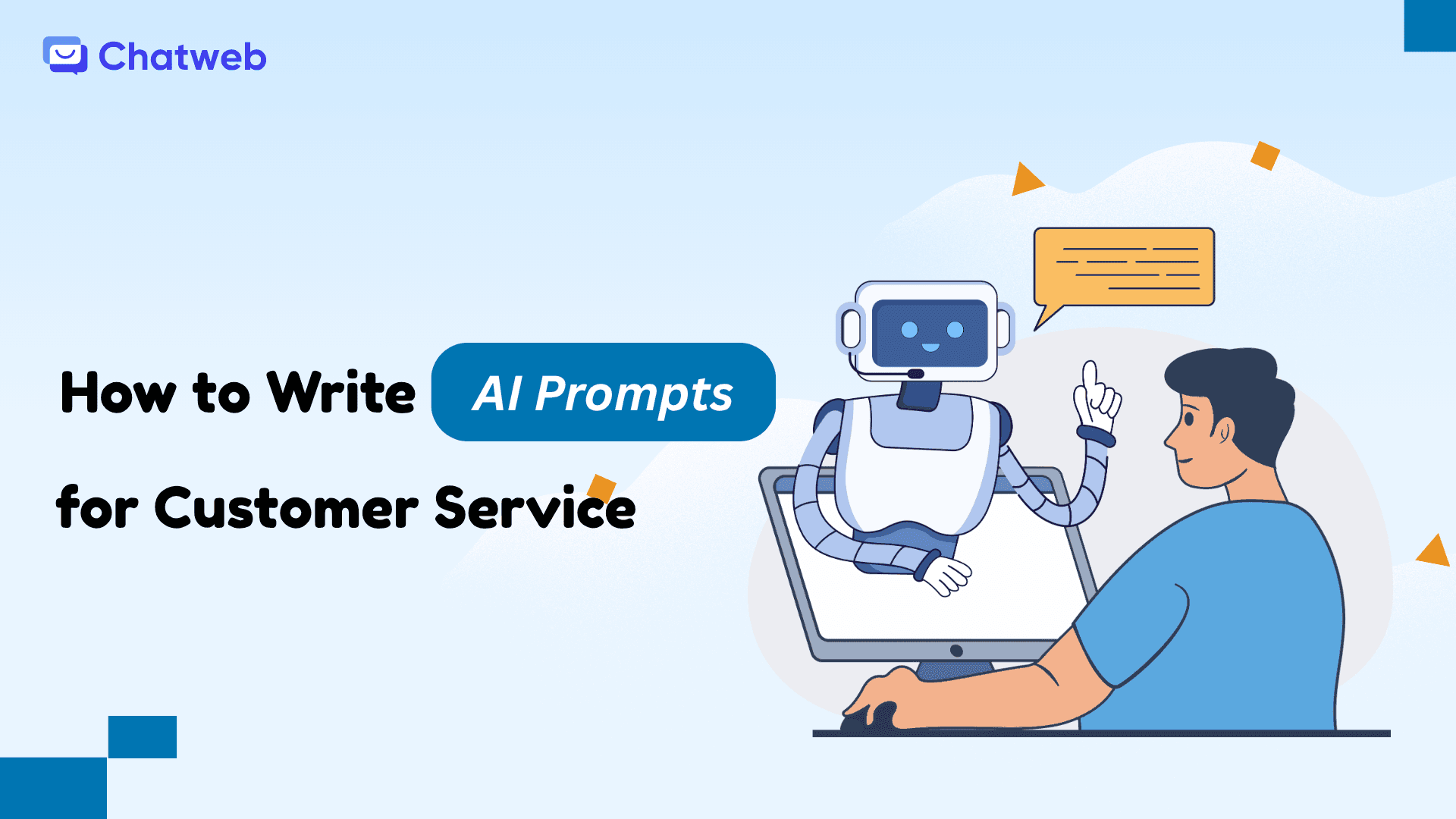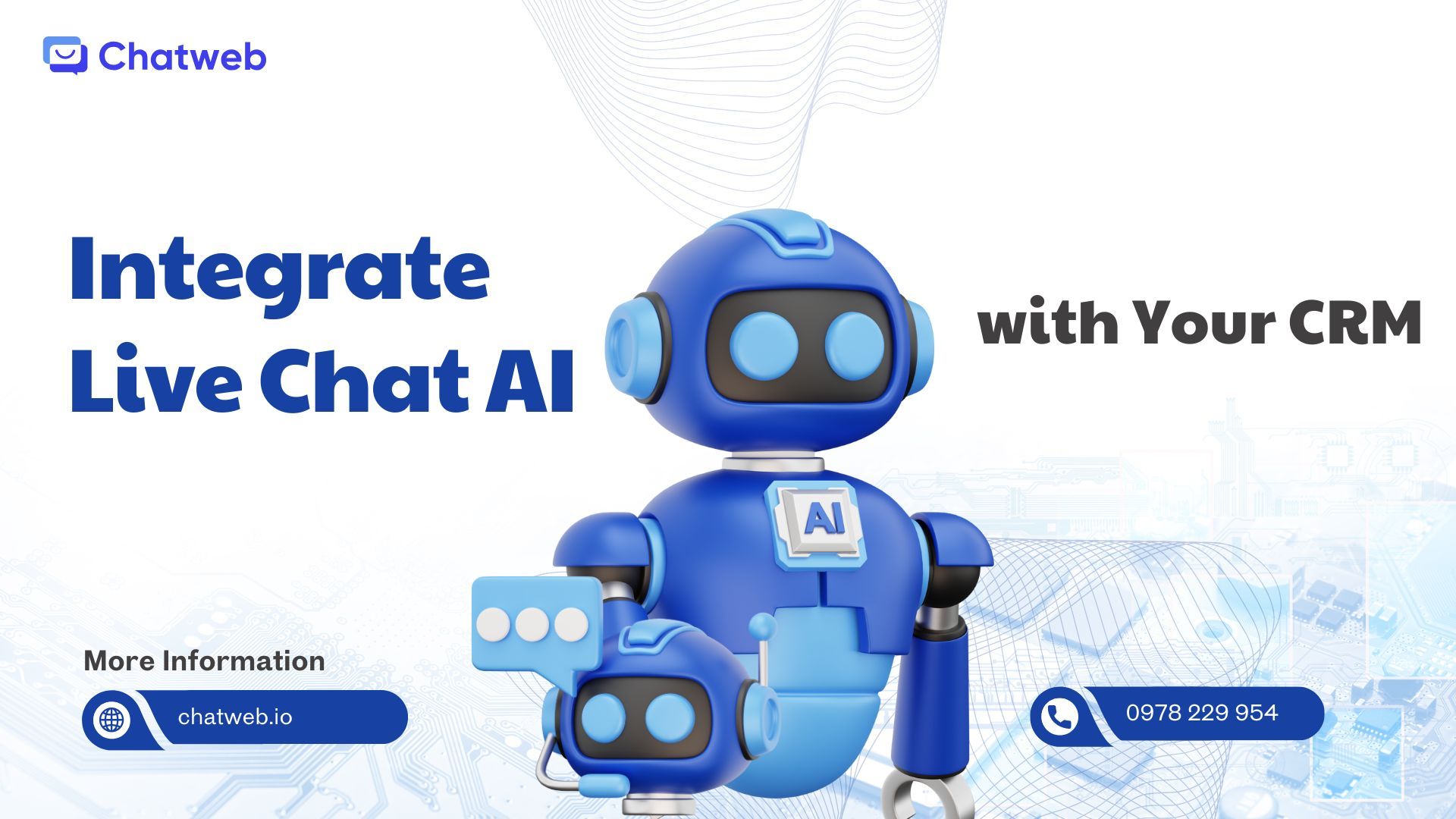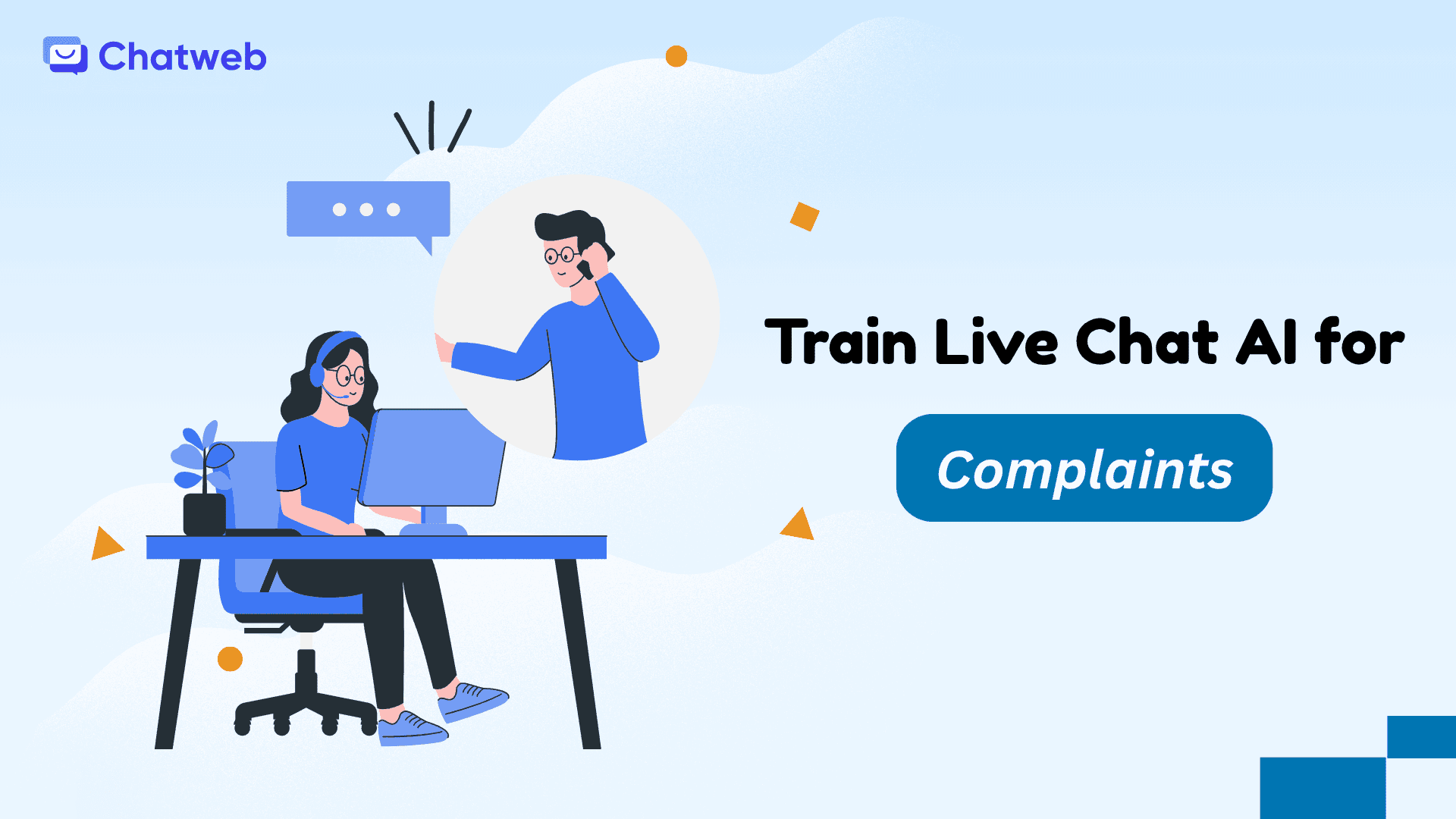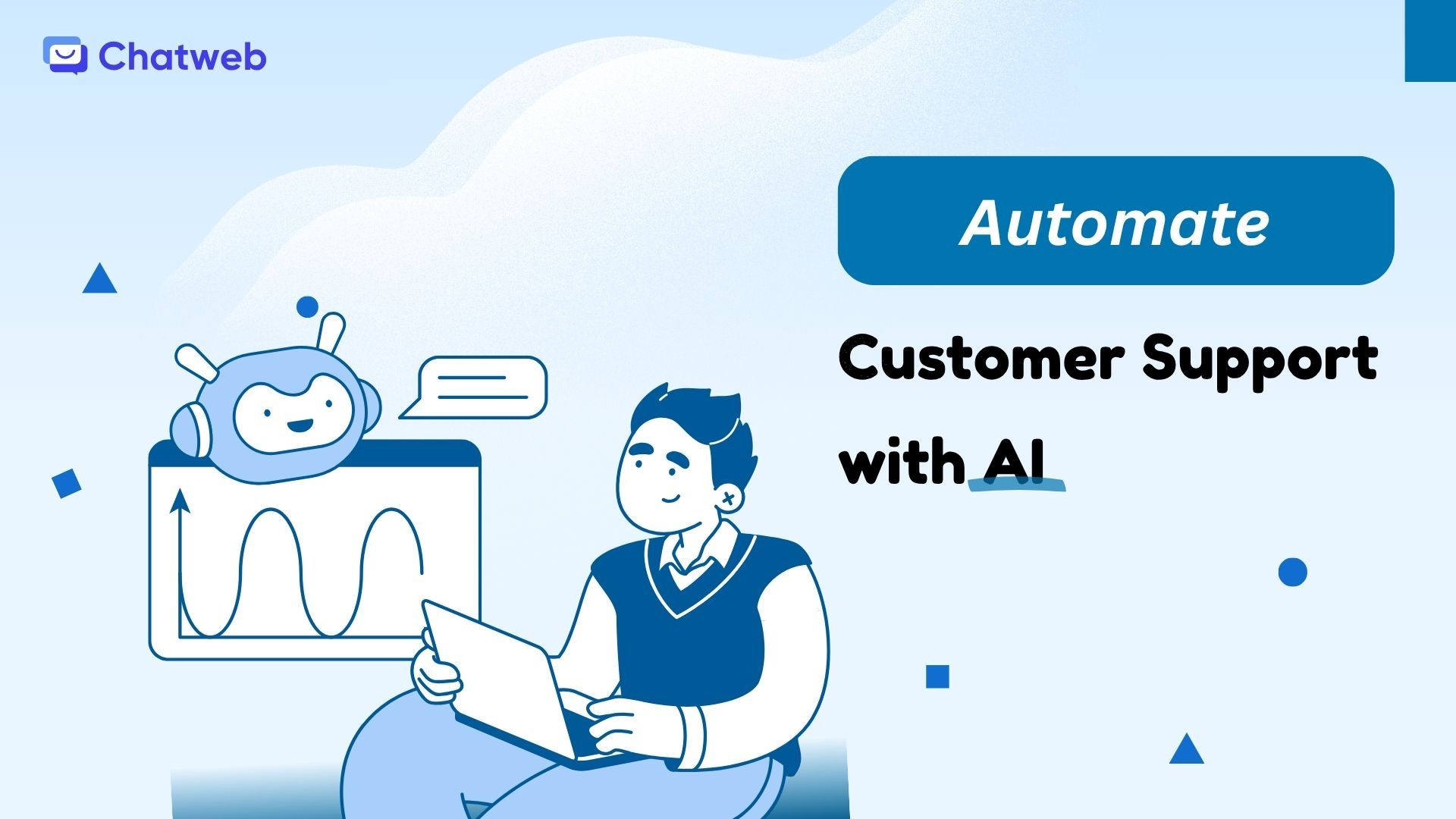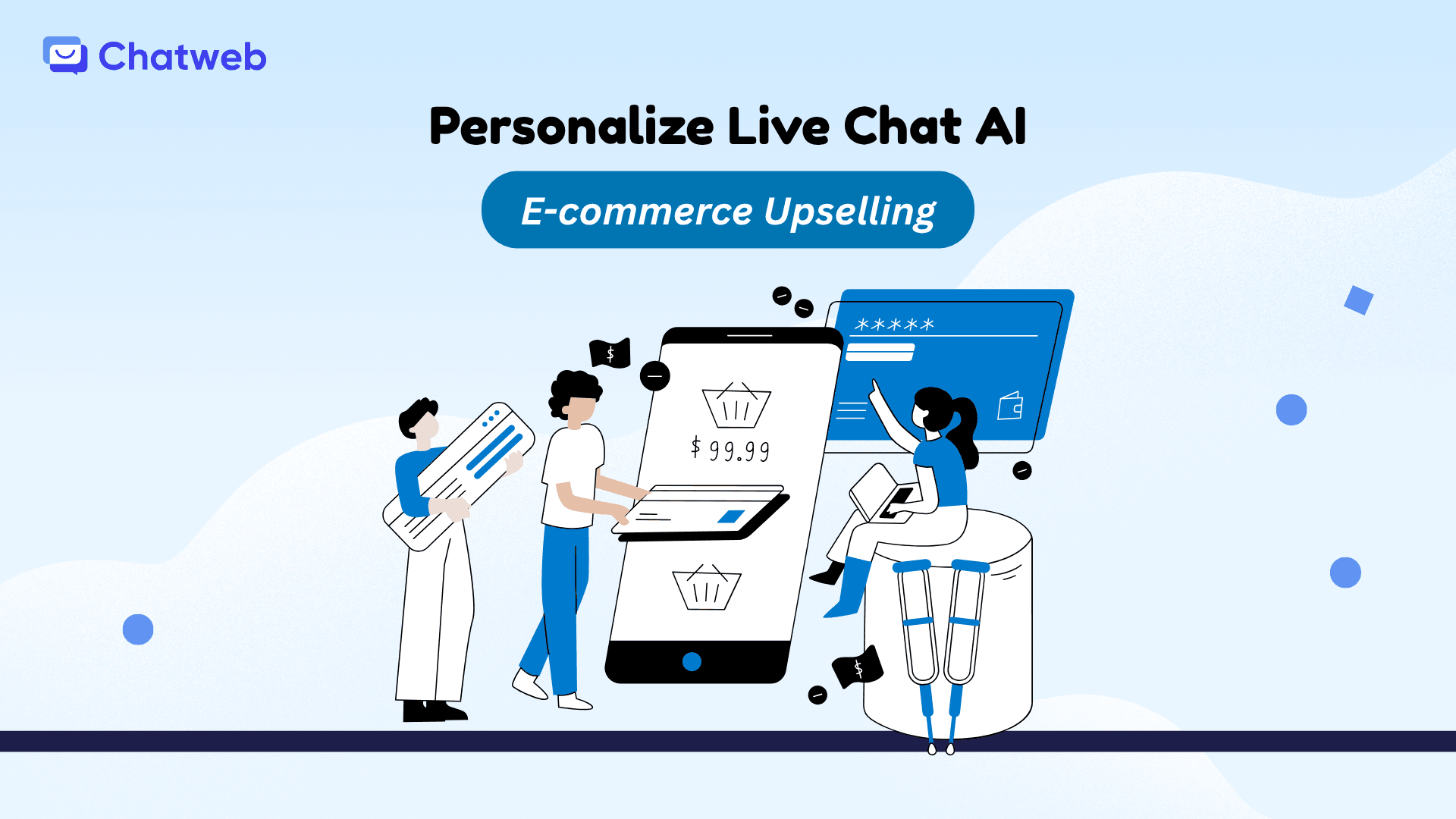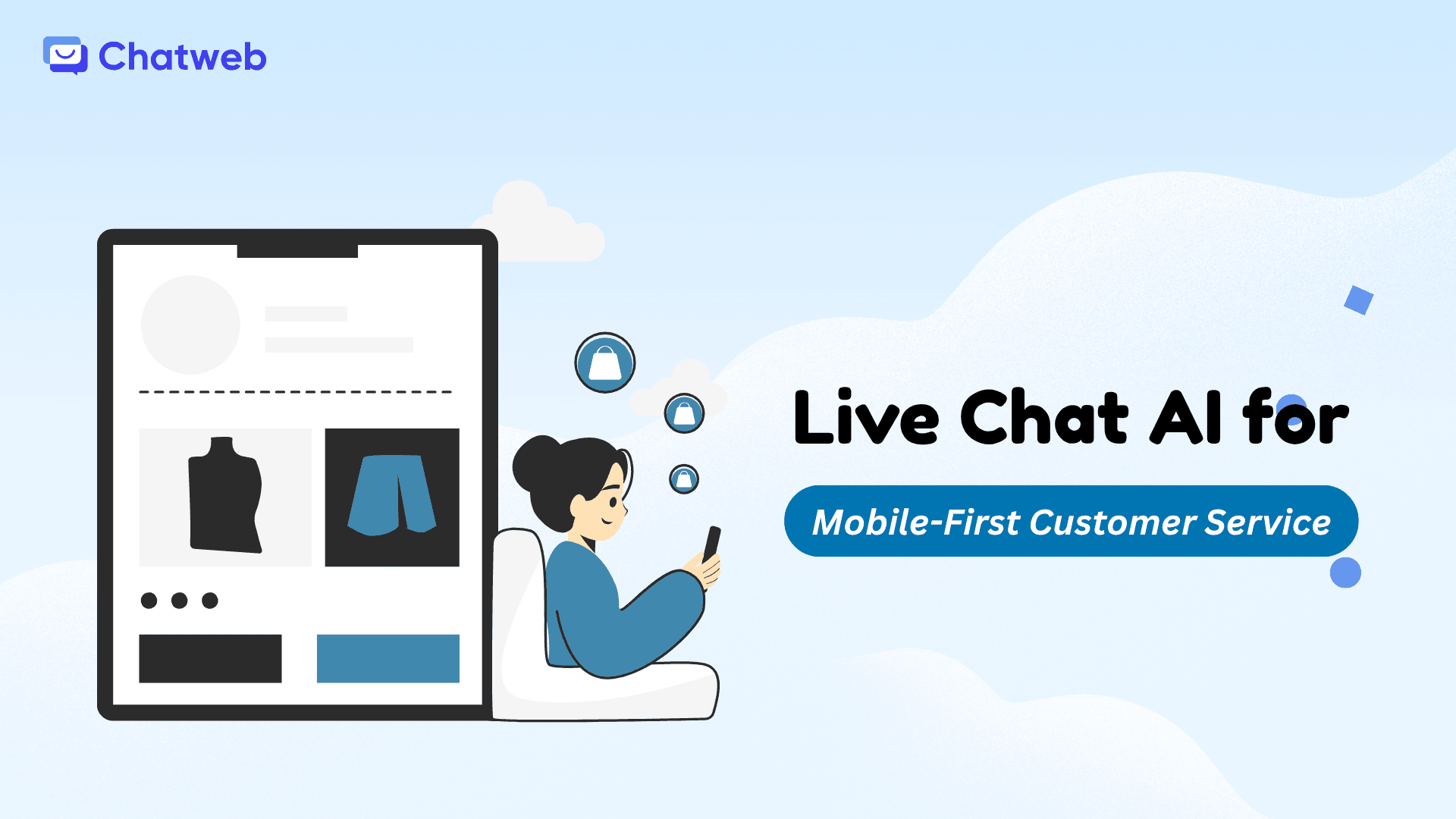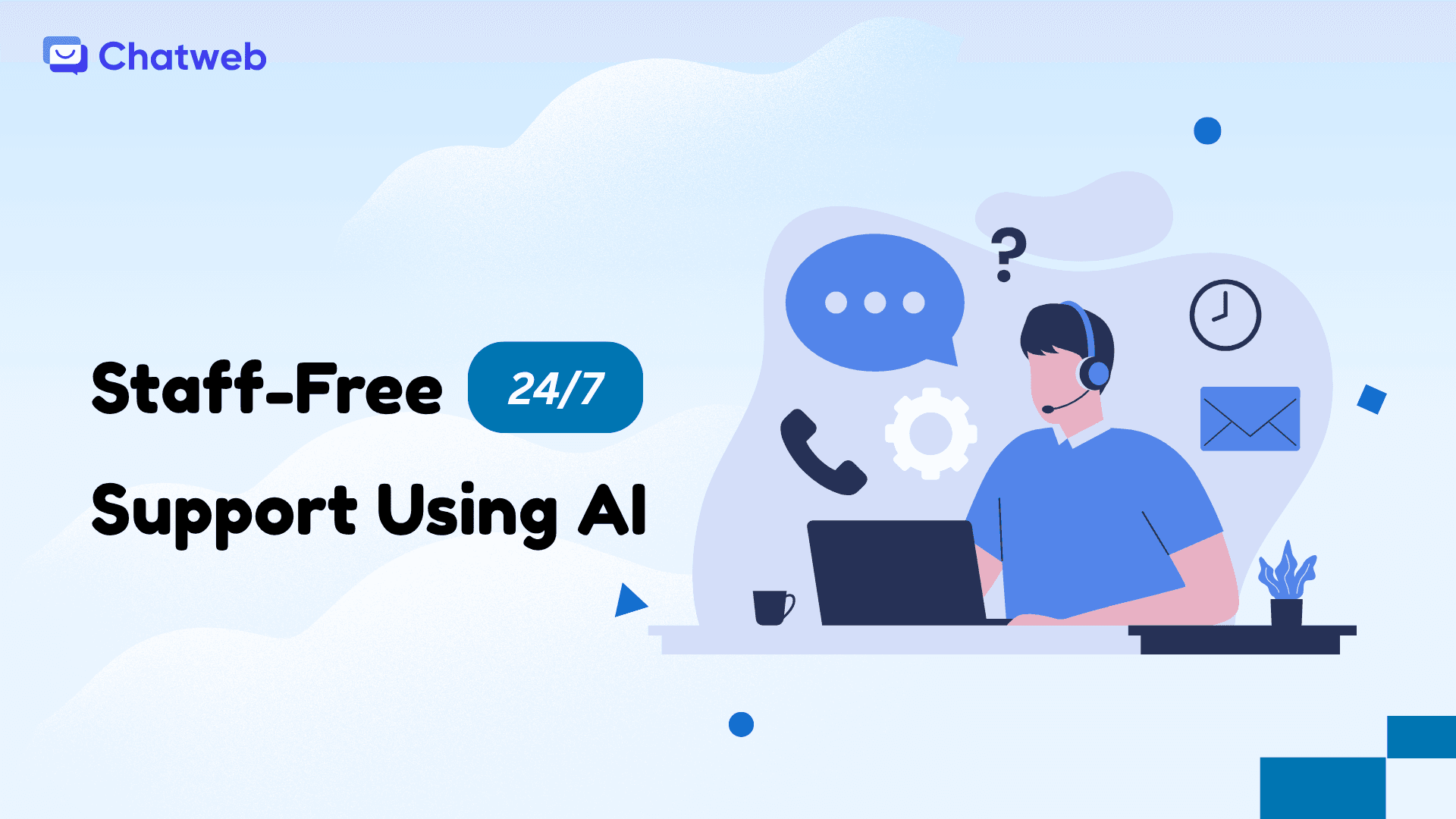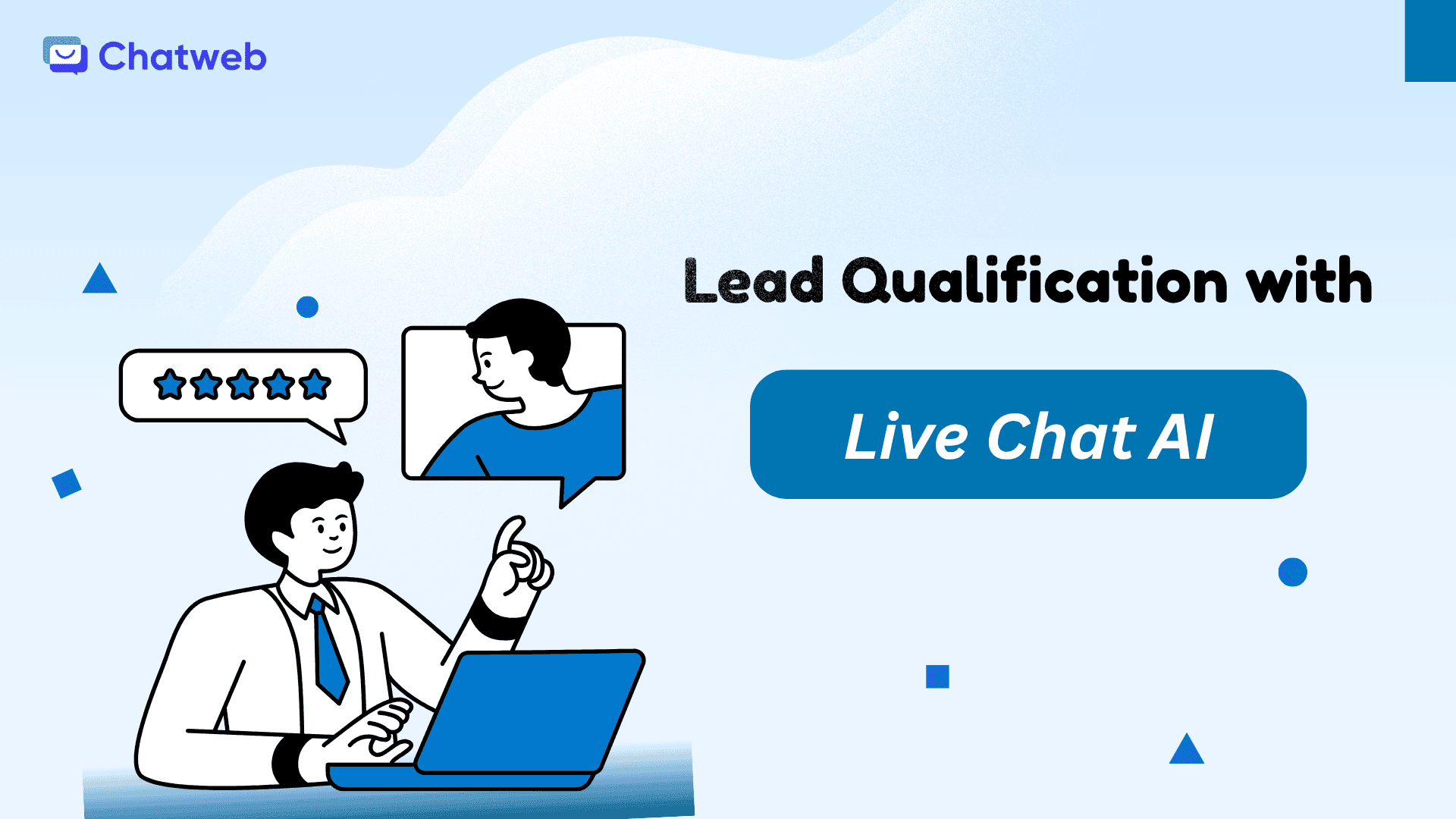As an SME owner, you know customers don’t stick to one channel—they’re messaging you on your website, emailing complaints, texting for quick updates, and sliding into your social DMs. Keeping up feels like herding cats, especially with a small team and tight budget. Live chat AI, when integrated across multiple channels like email, SMS, and social media, is your game-changer. It unifies conversations, delivers consistent support, and turns every touchpoint into a chance to build loyalty and drive sales.
This guide explains how to leverage live chat AI for multi-channel customer service to boost your SME’s efficiency and retention. We’ll cover why multi-channel matters, a step-by-step setup guide, strategies to make it work across email, SMS, and social. Let’s make your support as fluid as your customers expect.
1. Why Multi-Channel Customer Service Matters for SMEs
In 2025, customers expect businesses to meet them wherever they are—whether it’s a quick chat on your website, a DM on Instagram, or a follow-up text. If your business only operates on one channel, you're not just missing opportunities to connect—you risk frustrating customers who have to repeat themselves across platforms. For small and medium-sized enterprises (SMEs), where every customer counts, this can lead to lost sales and weakened loyalty.
Multi-channel live chat AI offers a powerful solution. It acts as a central hub that syncs conversations across email, SMS, social media, and your website, ensuring no query falls through the cracks.
Why this matters:
- A customer might start with a website chat about a product
- Then send a follow-up email with more questions
- And later DM you on Twitter about a shipping delay
Without integration, your team scrambles to piece together the context, leading to slower responses and potential errors. But with multi-channel live chat AI:
- You get a single thread of communication that tracks the customer’s history across platforms
- It’s not just about speed—it’s about making customers feel heard and valued
- That sense of care drives retention, loyalty, and word-of-mouth growth for SMEs
The key is setting it up to feel seamless and human. Let’s explore how to make that happen.
2. Step-by-Step Guide to Setting Up Multi-Channel Live Chat AI
Integrating live chat AI across email, SMS, and social doesn’t require a tech overhaul—it’s doable in days with the right tools and plan. Here’s a detailed roadmap for SMEs to get started.
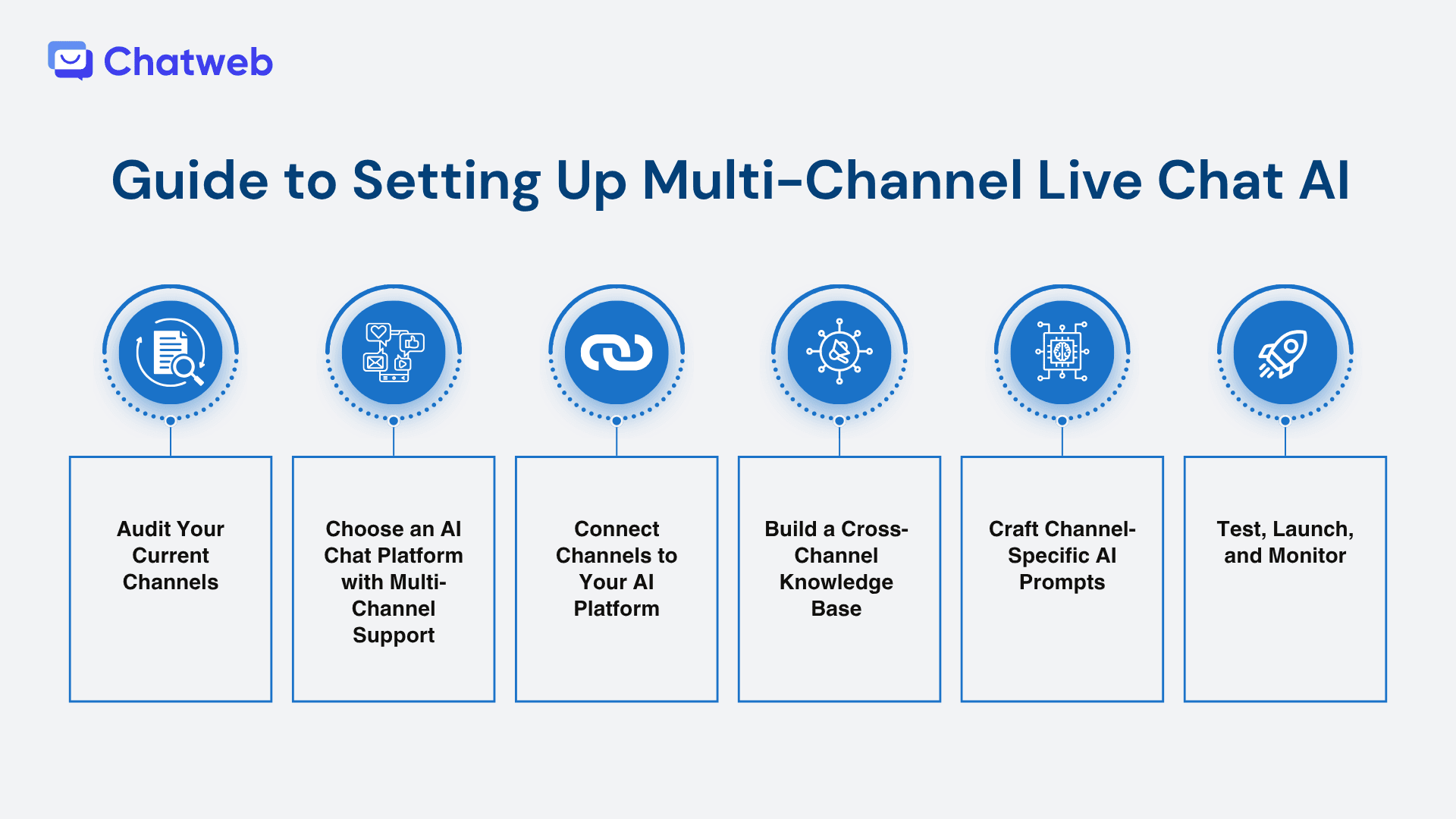
2.1. Audit Your Current Channels
Start by mapping where your customers reach out: Website chat, email, SMS, or social platforms like Instagram, Facebook, or WhatsApp. Identify pain points, like “We lose track of social DMs” or “Emails pile up unanswered.”
How to Do It:
- Review 1-2 months of customer interactions across channels.
- Note volume (e.g., 50 chats/day, 20 emails/week) and common issues (e.g., order status, refunds).
- Highlight gaps: Are social queries ignored? Are email replies too slow?
- List tools you already use (e.g., Gmail, Twilio for SMS, Hootsuite for social).
This audit sets the stage for a unified system.
2.2. Choose an AI Chat Platform with Multi-Channel Support
Not all live chat tools handle multiple channels well. Pick one like Chatweb that supports website chat, email, SMS, and social (e.g., Instagram DMs, WhatsApp) with native integrations or no-code connectors like Zapier.
How to Do It:
- Look for features like:
- Cross-channel syncing (one conversation thread across platforms).
- AI that adapts to channel tone (formal for email, casual for social).
- Affordable plans ($20-100/month for SMEs).
- Check compatibility with your tools (e.g., Shopify, ActiveCampaign).
- Start with a free trial to test channel connections.
2.3. Connect Channels to Your AI Platform
This is the technical glue: Link your live chat AI to email, SMS, and social platforms for a unified flow.
How to Do It:
- Website Chat: Install Chatweb’s widget on your site (copy-paste code, 10 minutes).
- Email: Connect via API (e.g., Gmail’s SMTP settings in Chatweb dashboard) or Zapier (trigger: new email > AI responds or logs to CRM).
- SMS: Use providers like Twilio—link via API for two-way texting.
- Social: Authorize platforms like Instagram/Facebook in Chatweb’s settings to manage DMs.
- Test each channel: Send a dummy message (e.g., Instagram DM) and check if AI responds and logs it.
Setup takes 1-2 hours per channel with modern platforms.
2.4. Build a Cross-Channel Knowledge Base
Your AI needs a centralized “brain” to handle queries consistently across channels. This means one set of answers for common issues, tweaked for each platform’s vibe.
How to Do It:
- Compile FAQs from your audit (e.g., “Where’s my order?” “Can I return this?”).
- Write channel-specific responses:
- Website: Detailed, with upsells (“Free shipping over $50!”).
- Email: Formal, with full context (“Based on your order #123…”).
- SMS: Short, action-oriented (“Track order: [link]”).
- Social: Casual, emoji-friendly (“Hey! Your order’s on the way!”).
- Store in a cloud-based tool (e.g., Google Sheets) your AI can access.
This ensures consistency, like using the same return policy everywhere.
2.5. Craft Channel-Specific AI Prompts
Prompts tell your AI how to respond on each channel, balancing tone and context. They must feel natural and solve issues fast.
How to Do It:
- Write prompts with:
- Channel context: “On Instagram DM, use casual tone with emojis.”
- Action: “Answer query, offer solution, or escalate.”
- Example: “You’re a friendly chatbot for an SME. On WhatsApp, if customer asks ‘Where’s my order?’ respond: ‘Hey! Let’s check that for you—share your order number? In the email, say: ‘Thank you for reaching out. Please provide your order number, and I’ll track your shipment.’ If unclear, escalate to agent.”
- Test prompts per channel to ensure tone matches (e.g., no emojis in email).
2.6. Test, Launch, and Monitor
Before going live, simulate multi-channel interactions to catch glitches, like unsynced threads or off-tone replies.
How to Do It:
- Run a 1-week pilot: Test AI responses across all channels with sample queries.
- Check if chats sync (e.g., website query appears in CRM alongside Instagram DM).
- Launch on one channel (e.g., website), then scale to others.
- Monitor weekly: Are replies consistent? Are escalations smooth?
This process takes 1-2 weeks, setting you up for seamless support.
3. Strategies for Multi-Channel Success with Live Chat AI
Integration is just the start—success lies in using AI to create a unified, retention-driven experience across channels. Here are six strategies to make it happen.

3.1. Create a Unified Customer View Across Channels
Sync chats from all channels into one CRM thread so your team (and AI) knows the full customer journey.
Strategy: Use AI to log every interaction (website, email, SMS, social) in your CRM with timestamps and context.
Example: Customer chats on site about sizing, emails about returns, DMs on Instagram about delays—AI merges into one CRM profile: “Sarah: sizing query 10/1, return request 10/3, delay concern 10/5.”
Why It Works: Prevents repeat questions, builds trust, and informs follow-ups.
3.2. Tailor Tone to Each Channel
Customers expect different vibes: Professional emails, snappy texts, friendly social replies. AI should adapt while keeping answers consistent.
Strategy: Write channel-specific prompts with distinct tones but shared solutions.
Example: For a refund query—Email: “We apologize for the inconvenience; here’s how to process your refund.” SMS: “Sorry about that! Reply with order # for refund steps.” Instagram: “Oh no, let’s fix this! DM us your order number.”
Why It Works: Matches customer expectations, feels human, and maintains brand consistency.
3.3. Automate Follow-Ups Across Channels
Use AI to trigger multi-channel follow-ups based on chat history, like emailing a discount after a social DM.
Strategy: Set rules in your AI to push chat data to CRM for automated sequences (e.g., email after website chat, SMS after social query).
Example: Customer chats on site about a product, leaves without buying—AI logs to CRM, triggers email: “Still eyeing that jacket? 10% off for you!”
Why It Works: Keeps customers engaged, boosting retention across touchpoints.
3.4. Handle Complaints Seamlessly Across Platforms
Complaints often span channels (e.g., site chat to social rant). AI can unify responses to de-escalate fast.
Strategy: Train AI to detect complaint keywords (e.g., “late,” “broken”) and respond with empathy, syncing context to all channels.
Example: Customer DMs on Twitter about a late order—AI replies: “So sorry for the delay! I see your chat from our site—here’s the latest tracking.” Logs to CRM for email follow-up.
Why It Works: Quick, consistent resolutions prevent public escalations.
3.5. Drive Upsells with Cross-Channel Data
AI can use chat data from one channel to suggest upsells on another, increasing order value.
Strategy: Prompt AI to analyze purchase intent and push to CRM for multi-channel upsell campaigns.
Example: Website chat about a phone case > AI suggests: “Add a screen protector for $5?” > CRM sends SMS: “Loved our case chat? Bundle deal awaits!”
Why It Works: Leverages intent across channels, feels personalized, not pushy.
3.6. Monitor Multi-Channel Performance
Track how AI performs across channels to spot gaps, like slow email replies or missed social DMs.
Strategy: Use unified analytics to compare resolution rates, response times, and customer feedback per channel.
Example: If Instagram DMs have low resolution, tweak prompts for faster replies or better escalation.
Why It Works: Keeps AI sharp, ensuring no channel lags behind.
These strategies turn multi-channel AI into a retention and revenue driver for SMEs.
4. Common Pitfalls to Avoid in Multi-Channel AI
Even a solid setup can falter. Watch out for:
- Inconsistent Tones: Formal emails vs. casual DMs confuse customers—align prompts to channel vibe.
- Data Gaps: Unsynced chats mean lost context—ensure all channels feed to CRM.
- Slow Social Responses: Social DMs need speed—prioritize AI triggers there.
- Privacy Missteps: Secure data across channels to comply with GDPR/CCPA.
Test thoroughly and update monthly to dodge these traps.
5. How to Get Started with Multi-Channel Live Chat AI
Ready to unify your customer service? Here’s your quick-start plan:
- Map Channels: List where customers reach out (site, email, SMS, social).
- Pick a Platform: Choose Chatweb for multi-channel support.
- Connect Tools: Link channels via APIs or Zapier in 1-2 hours.
- Build Knowledge Base: Centralize FAQs with channel-specific tones.
- Write Prompts: Craft responses for each platform’s style.
- Test and Scale: Pilot one channel, monitor, then expand.
Start small, see results in a week, and grow from there.
Conclusion
Live chat AI across email, SMS, and social transforms SME customer service in 2025—making every interaction seamless, personalized, and retention-focused.
Ready to make multi-channel magic? Try Chatweb, the AI live chat platform built for SMEs to sync website, email, SMS, and social into one powerful experience. Share your biggest channel challenge in the comments, and let’s discuss how Chatweb can help. Start your free trial today and watch your customer loyalty soar!

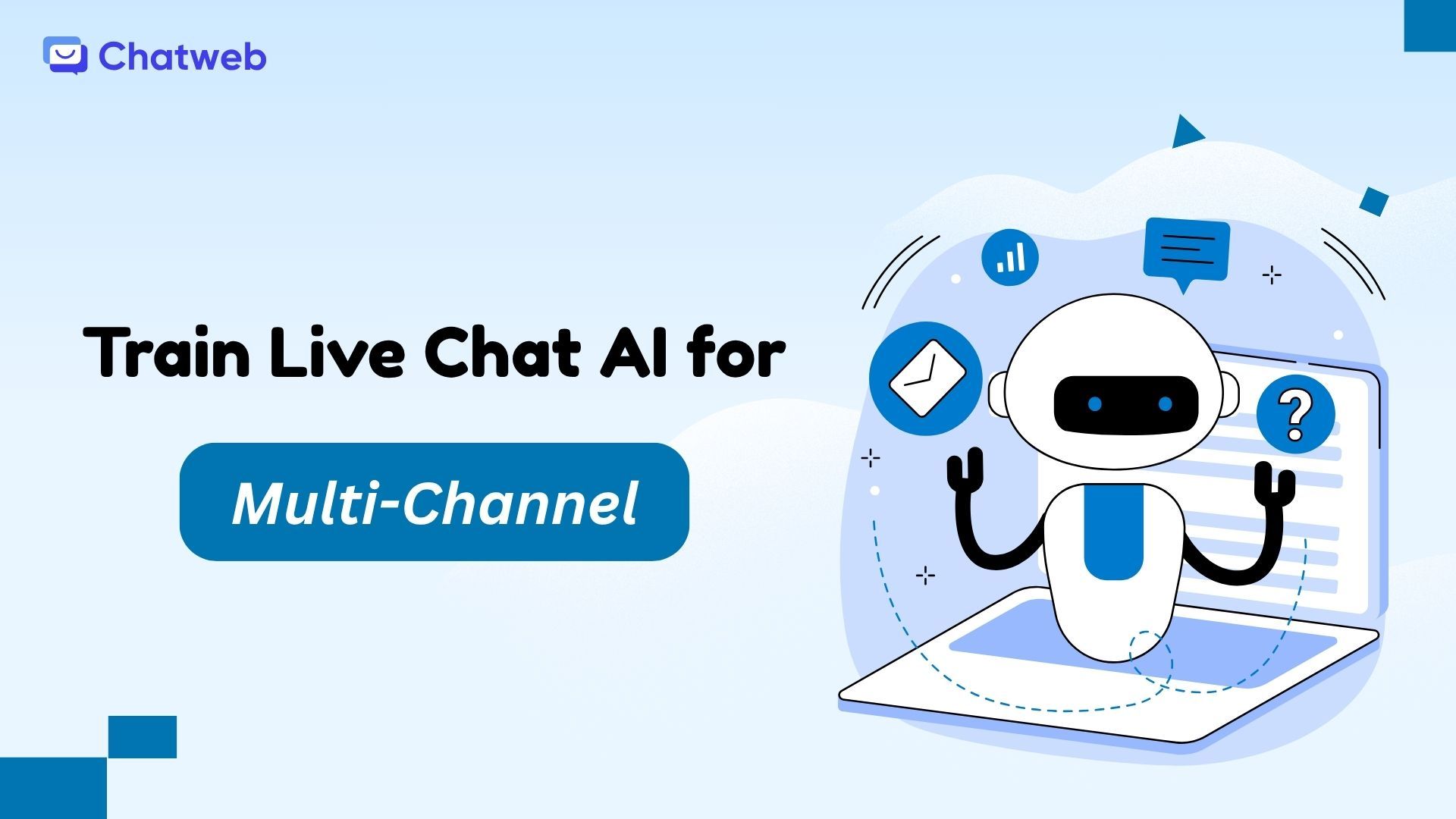
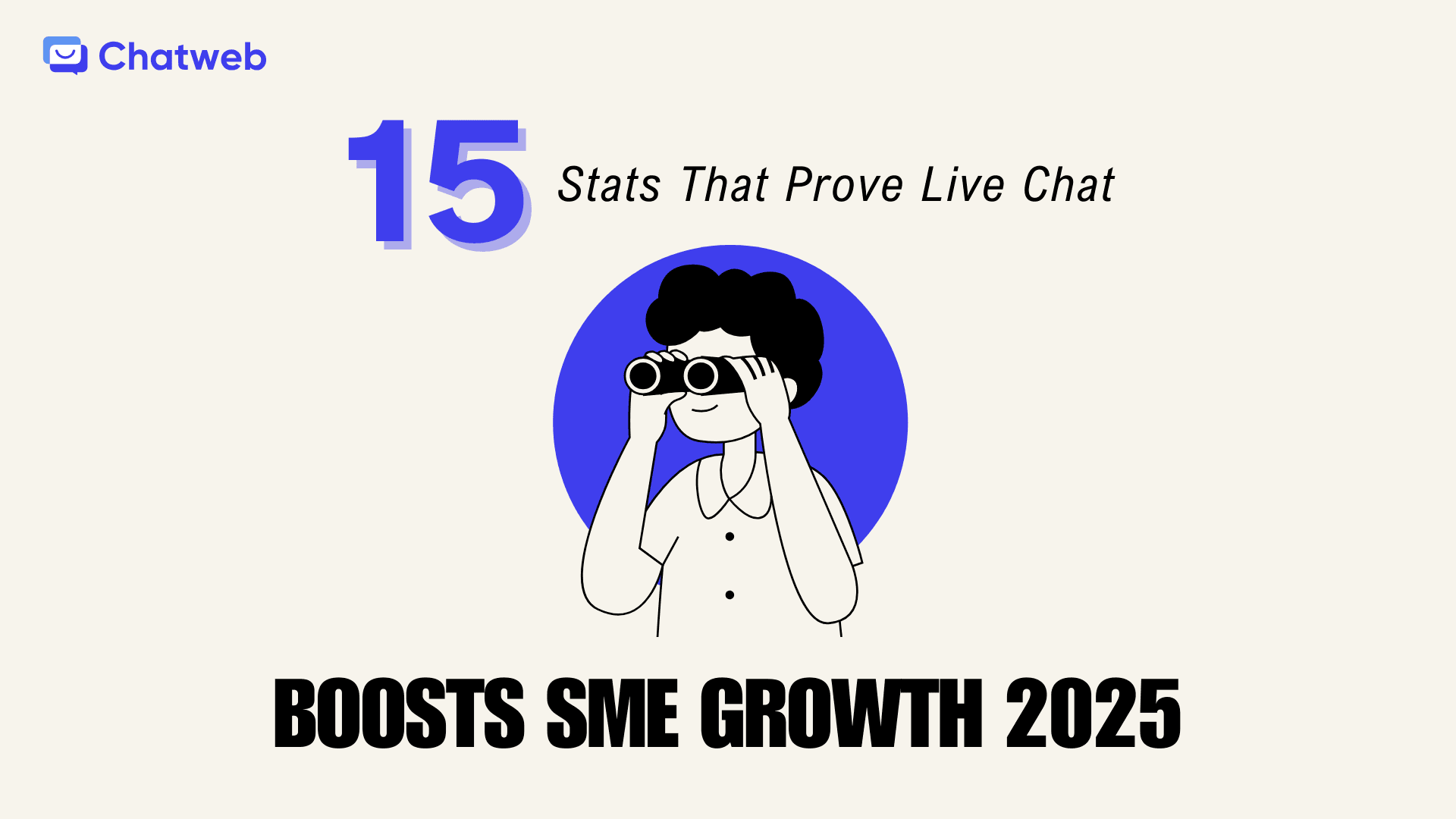

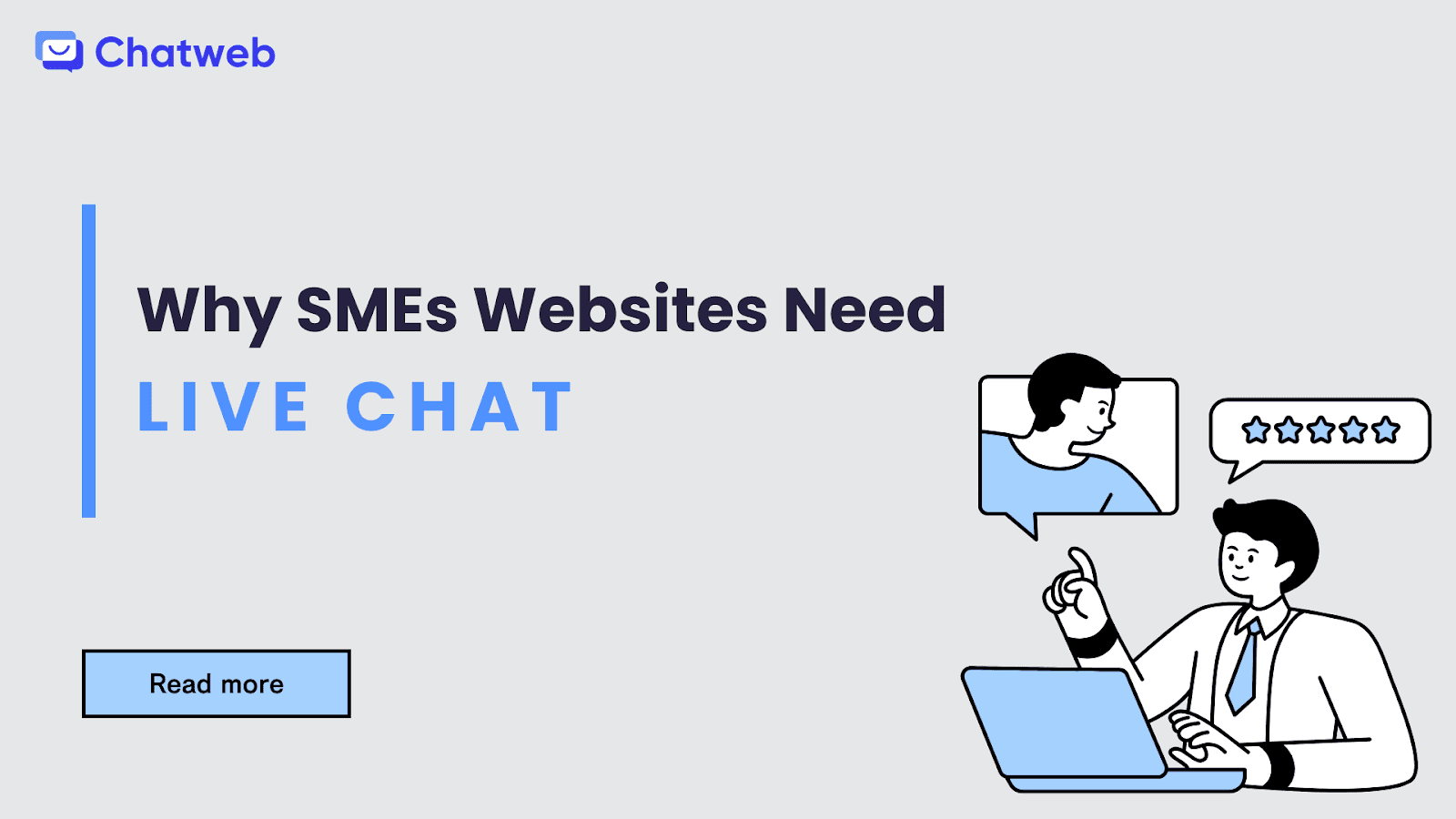
![[PayPal x Chatweb] Chatweb is now an official PayPal Payment Partner!](https://assets-content.aifusionlab.io/image_c1163cbd0d.png)


